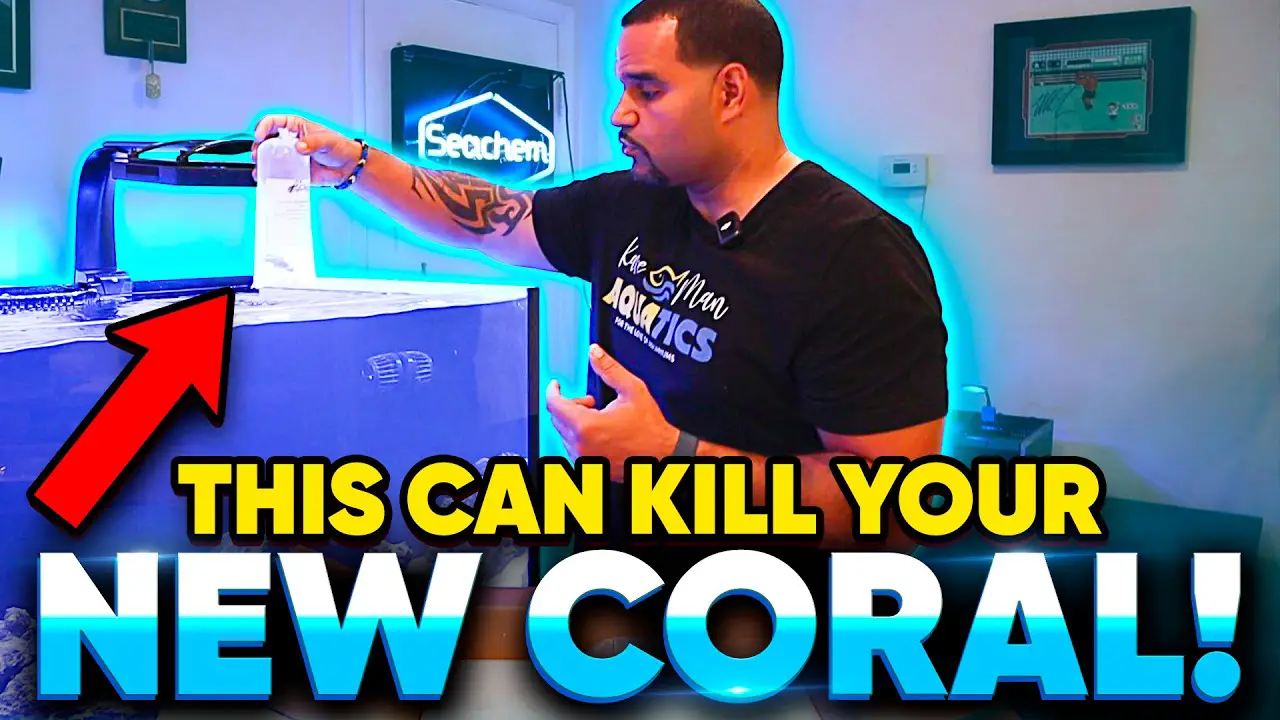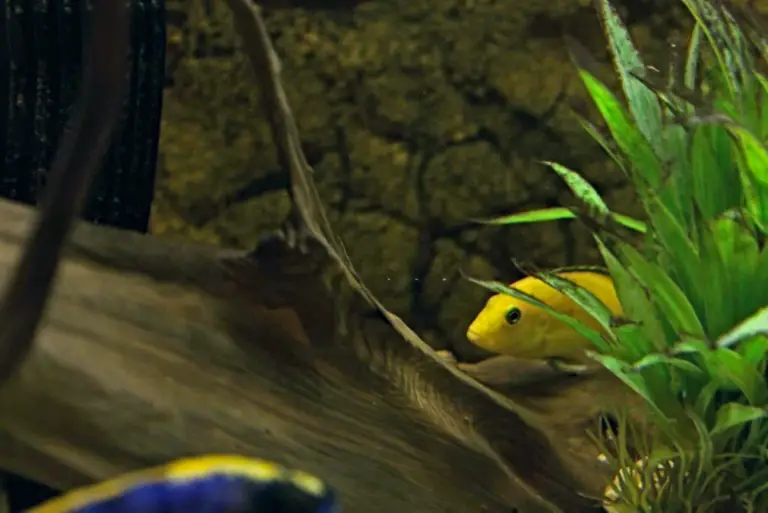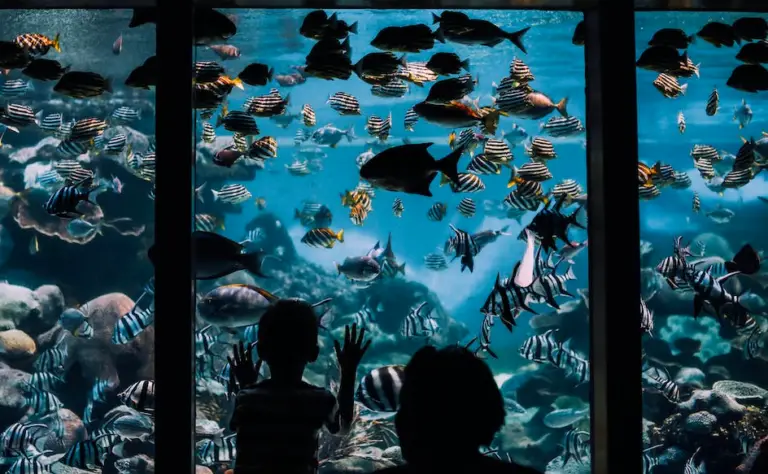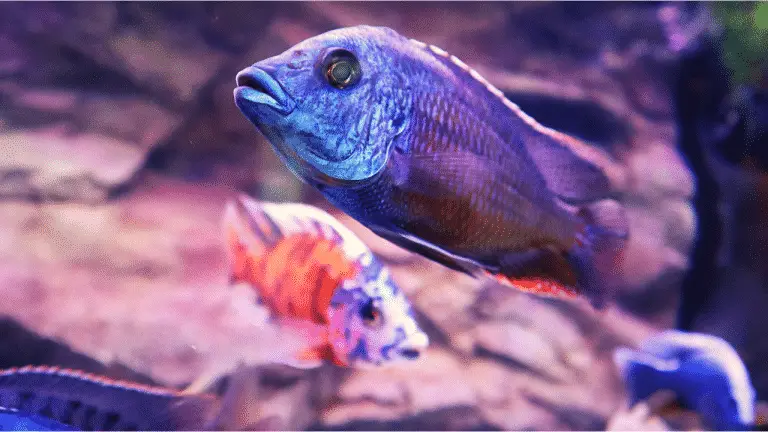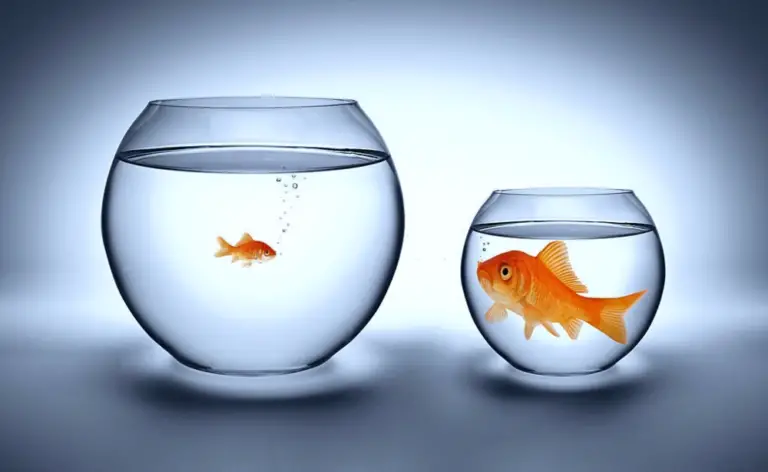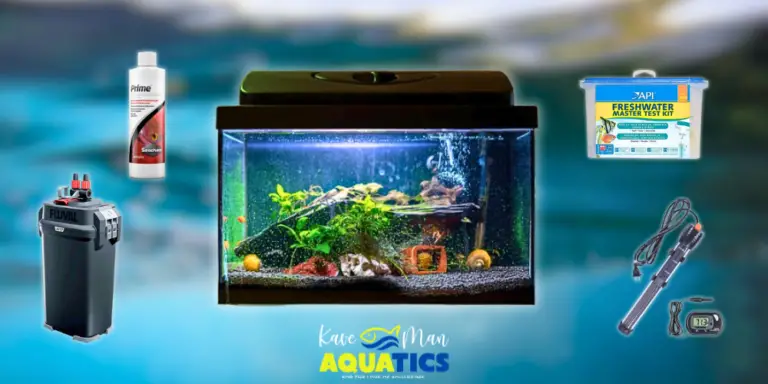How to Quarantine Coral in 7 Steps
We know you’re just as excited as us when you get brand new corals! They’re colorful and vibrant and can add such a captivating aesthetic. But before you add them to your saltwater tank, you must practice caution.
Just like fish, you must quarantine coral. Yes! They’re alive and may come with a few hidden critters that could impact your tank. Regardless of how reputable your supplier is, it’s always best practice to quarantine your new corals first.
So, if you just got a batch, follow this guide on how to quarantine coral.
Feel free to follow us along as we quarantine our very first batch of new corals:
Corals from Top Shelf Aquatics
Quarantine tank from PNW Custom Aquariums
Step 1: Prepare the Quarantine Tank
Of course, you’ll need a dedicated quarantine tank for any new coral you get. We recommend investing in a quarantine tank before getting your coral — just so you’re prepared.
Here’s how you can prepare your quarantine tank:
- Pick the perfect tank: Grab a small tank, around 10-20 gallons.
- Set the mood: Equip the tank with a heater to keep things warm and a powerhead for gentle water movement. Add some coral-friendly lighting, too!
- Match the water: Fill the tank with saltwater that matches the parameters of your main tank. Aim for the same temperature, salinity, and pH.
- Filter it up: Use a sponge filter or a hang-on-back filter to keep the water clean and clear. Corals are low-maintenance guests when it comes to waste.
- Keep it cozy: Make sure the tank has a stable spot away from direct sunlight and drafts.
And voilà! Your quarantine coral tank is ready to welcome its coral guests.
Step 2: Inspect the Coral
With your quarantine tank ready, we need to inspect the coral before actually dipping it. Why? We want to make the dipping process as effective as possible. It also helps you spot any pests or issues that need special attention. This way, you can give your coral the right treatment.
Here’s what you do:
- Remove your coral from the packaging — be gentle, now
- Take a closer look — use a magnifying glass if you need to
- Check for any obvious and “big” hitchhikers like pests
- Manually remove unwanted critters with a tweezer — be careful
As you inspect your coral, also do a quick health check on them. Note that your coral may not show their colors due to traveling and time spent in a bag — that’s OK. Just ensure there aren’t any obvious damage areas. If you find damaged coral, they may need extra TLC.
Step 3: Dip the Coral
It’s bath time! Dipping coral helps remove any pests, parasites, and harmful bacteria that might be lurking on them. Doing so will prevent them from getting into your quarantine tank or, worse, your main tank!
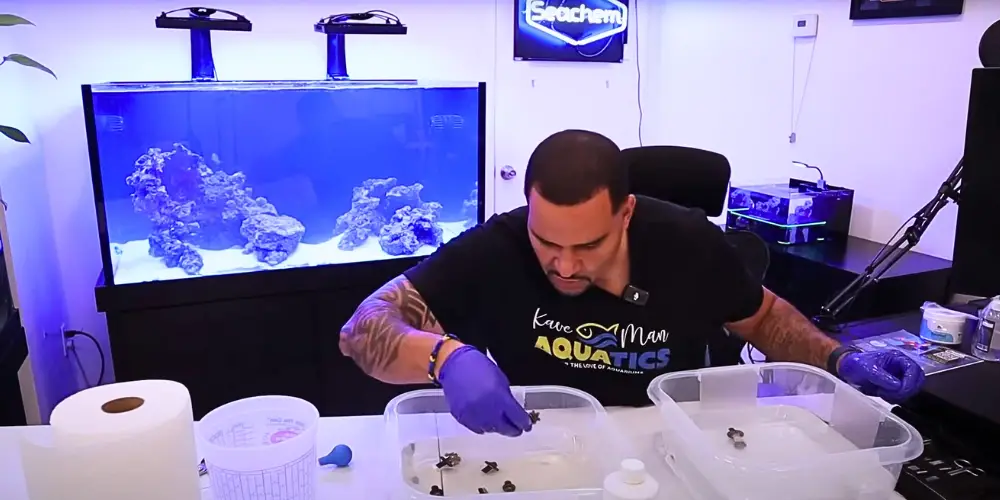
Let’s get dipping:
- Prepare the dip: Fill a container with saltwater from your tank and mix in a coral dip solution. Follow the instructions on the bottle! Seachem’s Reef Dip was our go-to choice!
- Gently swish: Place the coral in the dip and gently swish it around. This helps dislodge any pests or eggs hiding on the coral.
- Wait a bit: Let the coral soak for the recommended time, usually 5-10 minutes.
- Rinse off: Rinse the coral in clean saltwater to remove any remaining dip solution.
Step 4: Place in Quarantine Tank
After your new coral get their clean bill of health, you can place them in the quarantine tank. Although adding a coral to the quarantine tank sounds pretty straightforward, there are a few best practices to keep in mind:
- Inspect one last time: After rinsing the coral, give it one last look to ensure it’s pest-free and looking good.
- Acclimate to light: Place the coral in the quarantine tank, but start with lower lighting. Gradually increase the light intensity over a few days to avoid shocking your coral.
- Find the perfect spot: Position the coral where it can get good water flow but isn’t directly blasted by the current. Corals enjoy a gentle breeze, not a hurricane!
Step 5: Wait and Observe
Now, it’s time for your coral to get out of their metaphorical shell and show off their true colors! Allow your new friends to chill in quarantine for about 2 to 4 weeks. This timeframe lets you ensure they’re healthy and pest-free before they join your main tank.
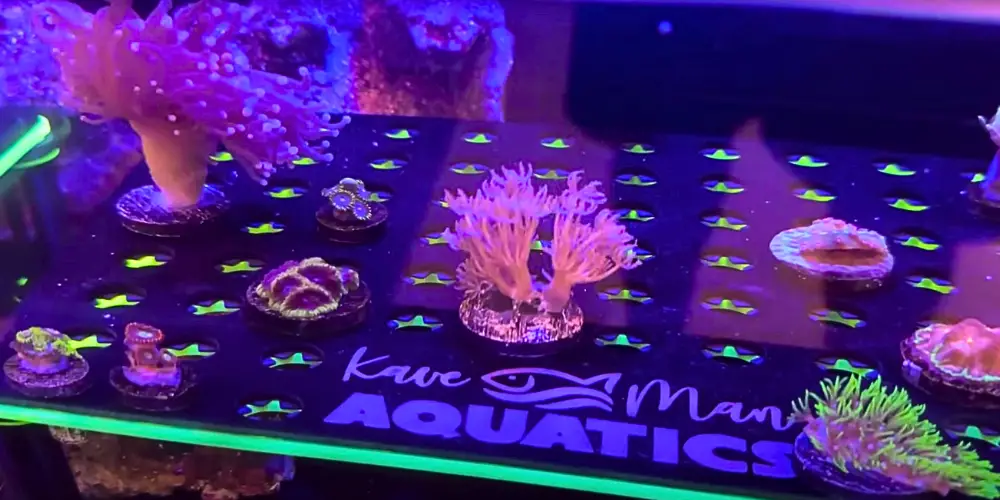
During this period, you’ll keep an eye on their health, watch for any signs of trouble, and make sure they’re adjusting well.
Step 6: Inspect Before the Transfer
You can’t be too careful — so, perform one last check before adding your quarantined coral to your main tank. It ensures no sneaky pests or issues slipped through and that the coral is ready for its new home.
It’s your last chance to make sure everything is perfect before the grand reveal in your main tank.
Step 7: Transfer to Display Tank
Congrats! It’s moving day! Now that your coral have been quarantined, you can finally transfer them to your main display tank.
Here are a few tips as you move them:
- Prepare the coral areas in your tank
- Check the main tank’s water parameters
- Avoid direct contact with coral to minimize damage
- Place the coral carefully into the main tank
- Monitor and adjust your coral as needed
FAQs About Quarantining Coral
Got any questions? Check out the following frequently asked questions about quarantining coral.
Why Should I Quarantine Coral?
Quarantining coral helps prevent pests and diseases from entering your main tank.
How Long Should Coral Be Quarantined?
Coral should be quarantined for 2-4 weeks to monitor for any signs of pests or disease and to ensure it adjusts well to the new environment.
What Should I Look for During Quarantine?
Watch for pests, signs of stress or disease, and monitor water quality to ensure the coral remains healthy and free of unwanted hitchhikers.
Can I Add Multiple Corals to the Quarantine Tank at Once?
Yes, you can add multiple corals. Just ensure they have enough space and that you monitor them closely for any signs of aggression or stress.
What if I Spot Pests After the Quarantine Period?
If you spot pests after quarantine, treat the coral with an appropriate coral dip or medication before introducing it to your main tank.
Know Your Coral With Aquabuildr!
Did you also invest in a bunch of coral like we did? Are you struggling to keep up with their names, looks, and needs? Be sure to input each coral’s info in Aquabuildr — our free app for fresh- and saltwater hobbyists.
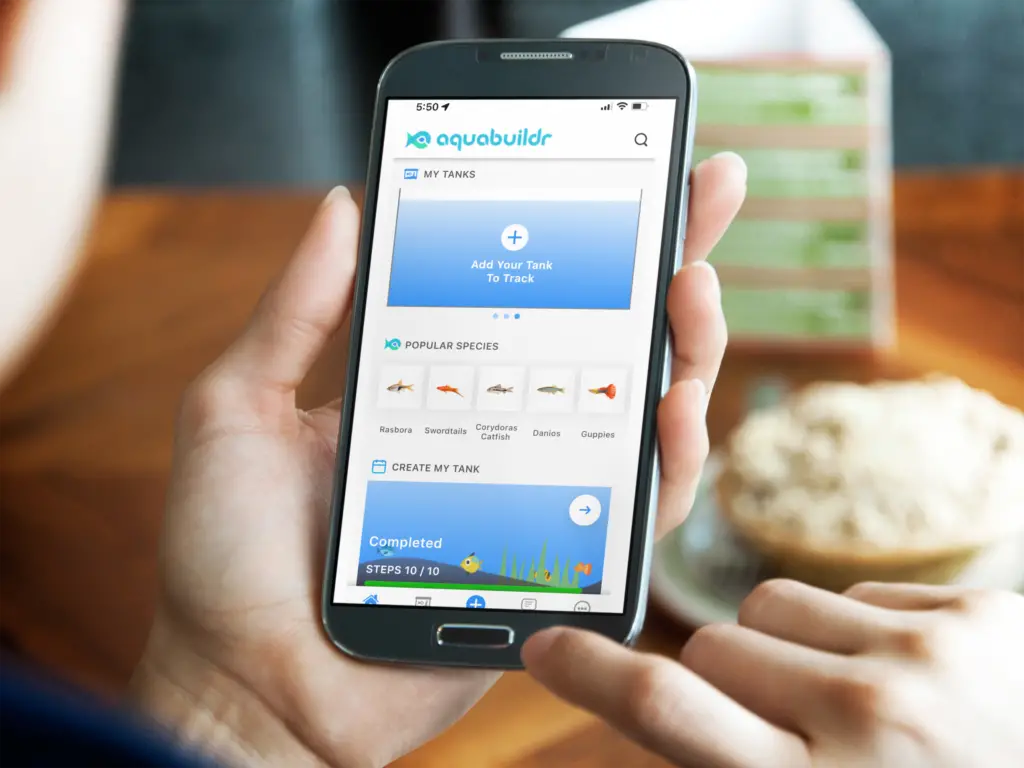
This app will help you remember each specific coral species you bought — perfect for reef tank newbies. Aquabuildr is free on the Google Play Store and Apple App Store — ready and waiting to help you create your perfect saltwater tank.
-
How to Quarantine Coral in 7 Steps
We know you’re just as excited as us when you…

